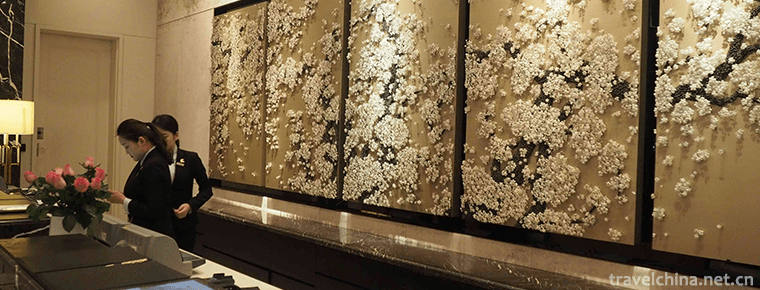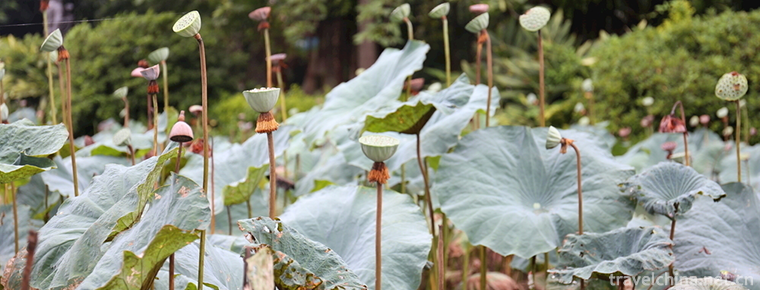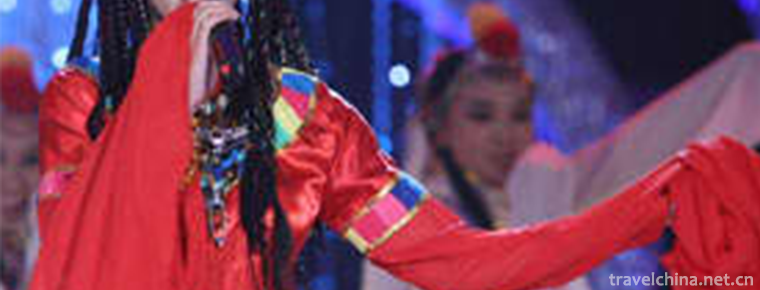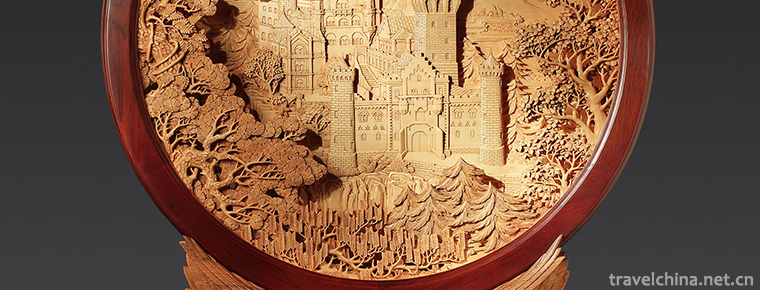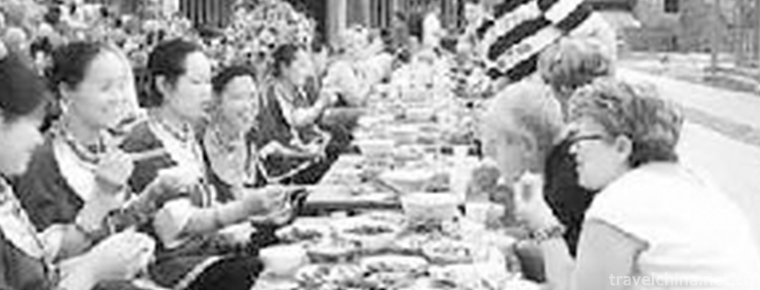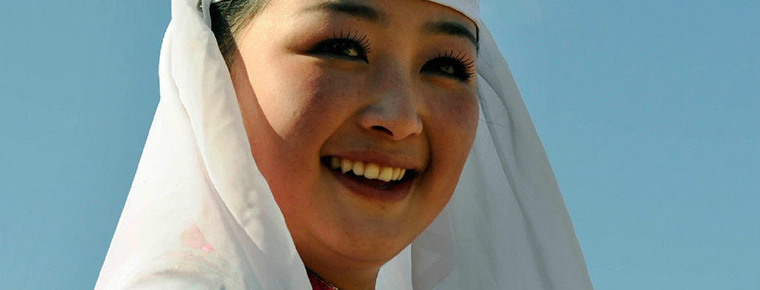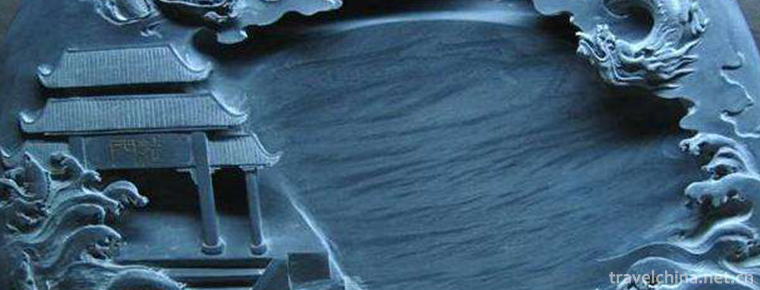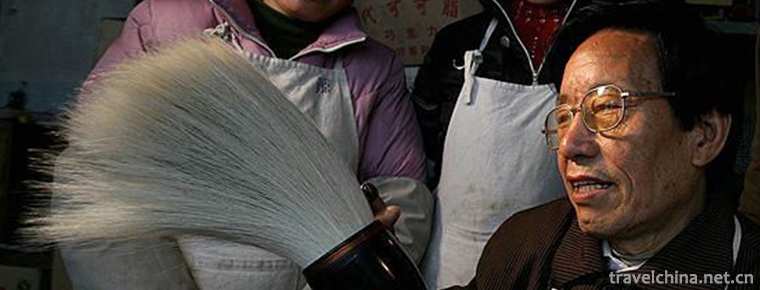Treasure roll
Treasure roll
Baojuan is a traditional Chinese literary form of rap and singing, which evolved from the folklore in the temples of Tang Dynasty. Most of the authors are monks and nuns. There are Buddhist Scripture stories, persuasive texts, Shinto stories and folk stories, with the most Buddhist Scripture stories. People tend to divide them into Buddhist and non-Buddhist categories, but the basic tendency is to propagate the cause and effect of karma and to live in the world with a strong religious color. The present "Fragrant Mountain Treasure Scroll" is generally considered to be the work of monks of Song Puming. Since the Ming and Qing Dynasties, the treasure rolls based on Chinese folk tales have become increasingly popular. More than 200 kinds of "Liangshan Bobao Volume" and "Pharmaceutical Name Bao Volume" are known to later generations. Formally, seven-character and ten-character verses are the main ones, while prose is the main one. The language is vivid, popular and lively, and has strong artistic appeal.
characteristic
Baojuan is a folk rap script that preaches religious doctrines. The use of popular literature combined with rap and singing to propagate religious doctrines and regulations has appeared in the popular lectures and variants of the Tang Dynasty, and later influenced by the Song Dynasty's Sutras, Zhugong tunes and drum ci, which has been named Baojuan since the Ming Dynasty. Baojuan can be divided into two categories: telling and singing scriptures and singing Buddhist stories. Because of its simplicity and popularity, it has become a classic of folk religions (such as Bailian religion and Hongyang religion). In the four years of Ming Zhengde (1509), Luo Menghong's five and six volumes were printed and published, and various sects followed suit. In the Wanli and Chongzhen years, the publication peak of the volumes was formed. Folk religious believers regard treasure scrolls as precious and sacred. Most of the precious scrolls are beautifully printed and decorated, just like orthodox religious classics. The remaining precious scrolls are precious materials for understanding and studying folk religious beliefs. After the reign of Qingdaoguang, there were two trends in the contents of Baojuan: one was still a religious lesson and doctrine, i.e. the one of "Fu Meng Tong Shen Jiang Tuan" and the other was gradually getting rid of the religious atmosphere, mainly by telling and singing myths, legends and folk stories, which became a form of folk art, such as "Wuzu Huang Mei Baojuan", "Han Xiangbao Juan Baojuan", "Bai Snake Zhuan Baojuan Baojuan" and "Meng Jiangnu Baojuan".
Development
One is written communication, the other is oral communication.
The stories of Baojuan are longer, the shortest is 56,000 words, and the longest is 89,000 words. The local people think that copying is the accumulation of merits and virtues, and people with culture are willing to copy. Copy their own preservation, you can also give friends and relatives. The illiterate person invites others to copy and relies on it to avoid evil spirits. There are also a few precious scrolls which are woodcut and lithographic. The most basic way of spreading treasure rolls is to spread them.
Baojuan came into being in a large number in Ming and Qing dynasties and was prevalent in many parts of the country. In the vast countryside of Hexi area in Gansu Province, Baojuan still has a strong vitality. Every year around the Spring Festival and during the idle season of agriculture, many rural areas hold grand "roll-out" activities, thus preserving a large number of hand-written books as the main treasure rolls. Over the past decade, some folk literary and art enthusiasts have gone deep into the rural areas of Hexi to investigate and dig out, initially sorted out the distribution, preservation and publication of Hexi Baojuan, and published a number of Baojuan.
content
The treasure rolls circulated in Hexi area are not only of various kinds, but also of distinctive content. The contents of the treasure rolls are mostly to suppress evil and promote good. They can not only enlighten and persuade people to conduct themselves, but also create a lively atmosphere, giving people emotional pleasure or spiritual enlightenment. Rural people generally regard it as the standard of making a statement, establishing morality and establishing a product, and regard it as "a treasure in the family, and there is no taboo in everything". Some regard it as a timely rain with good weather and plentiful grain, some as a selfless stick to punish evil and uphold justice, and some as a treasure book of loyalty, filial piety, benevolence and peace. Some families are unfilial to their children, wives are not good, family affairs are not good, people are not in harmony, with the way of "read treasure rolls" so that their families are educated, regret. Baojuan has the deepest foundation, the greatest influence and the widest scope among the people in Hexi. The rhyme sentences in Baojuan are mostly cross sentences, followed by seven-character sentences, five-character sentences and four-character sentences, which have a certain level rhythm. Of course, the number of sentences can also be flexible, the longest can be up to 30 sentences, the shorter only 4 sentences. The rhyme is accompanied by tunes, whose tunes not only retain some of the original tunes, but also use a large number of local folk tunes. According to preliminary statistics, there are more than 20 kinds of tunes, such as lotus drop, beating Palace tune, wave wash sand, crying, etc. The use of these tunes, there are no strict regulations and restrictions, the candidates can flexibly arrange according to the development of the plot, and the content can be changed at any time. Fresh blood is often injected into the treasure rolls to keep the tune young and beautiful. In this way, the whole scroll will be lively from beginning to end, singing, reading, talking, reading and singing. The audience was very attentive and enthusiastic, staying up all night.
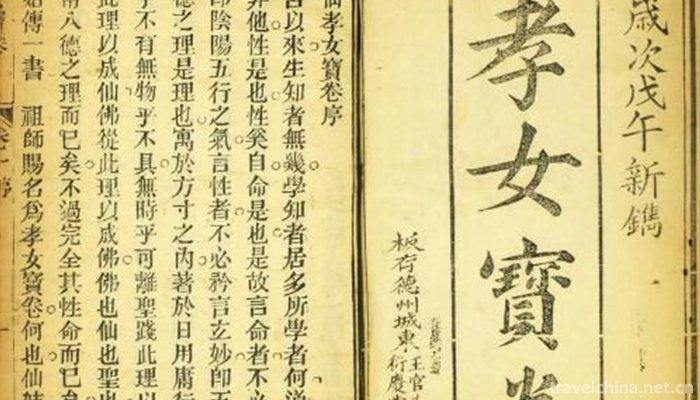
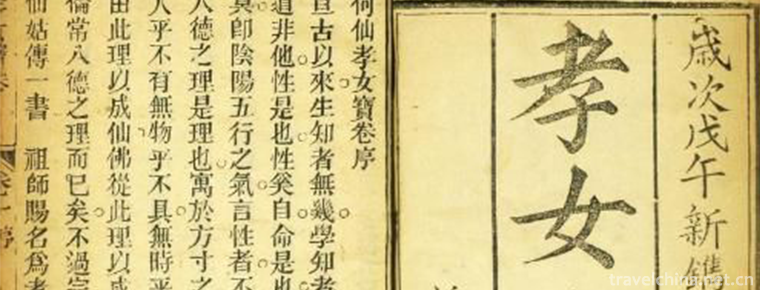
Treasure roll
-
Longting Hotel East China Sea Shenzhen
Langting's history can be traced back to 1865. The grand opening of Langting Hotel in central London, England, has become the first truly "luxury hotel" in European history, creating a brill
Views: 595 Time 2018-12-16 -
Three Water Lotus World
Foshan Sanshui lotus world is the largest lotus scenic spot in the world with the richest variety resources. It integrates architecture, sculpture, Dutch, mobile games, hotels and catering
Views: 184 Time 2018-12-18 -
Tibetan folk songs
Tibetan folk song is a magnificent flower in Tibetan folk literature, with profound ideological and high artistic quality. Throughout the development process of Tibetan folk songs
Views: 237 Time 2019-04-15 -
Dongyang wood carving
Dongyang woodcarving, one of the Chinese folk carving arts, is named for its origin in Dongyang, Zhejiang Province. Dongyang woodcarving, together with Qingtian stone carving and Huangyang woodcarving
Views: 283 Time 2019-04-27 -
Dong medicine
Dong medicine is a bright pearl in the treasure house of Chinese medicine. The Dong people living in mountainous areas for generations have accumulated experience in treating various diseases and form
Views: 110 Time 2019-04-27 -
Hui Costume
The main symbol of Hui costume is the head. Men like to wear white caps. Hui women often wear a hood. Older Hui women wear black or brown headscarves in winter
Views: 135 Time 2019-05-04 -
Inkstone making skills
Inkstone making skills, local traditional handmade inkstone making skills in Shexian County of Anhui Province and Wuyuan County of Jiangxi Province, is one of the national intangible cultural heritage
Views: 154 Time 2019-07-01 -
Xuanbi Production Skills
Xuanbi has a long history. Originated in the Qin Dynasty, it flourished in the Tang and Song Dynasties. At the end of Song Dynasty and the beginning of Yuan Dynasty, there were frequent wars, and the
Views: 158 Time 2019-07-09 -
China Agricultural University
China Agricultural University (China Agricultural University), referred to as "China Agricultural University", is located in Beijing City By Ministry of Education of the People's Republic of
Views: 219 Time 2019-12-21 -
juvenile Meng Ran Tik Tok Songs 2020 Hot Songs
"Juvenile" is a song composed and sung by mengran, which is included in the album "juvenile" released by mengran on November 14, 2019.
Views: 199 Time 2020-05-21 -
Cultural and cultural undertakings in Suining
By the end of 2019, there are 7 art performance groups, 6 art performance venues (including private), 6 cultural centers, 105 cultural stations and 6 Public Libraries in Suining City's cultural system. There are 1 national cultural industry demonstration base
Views: 350 Time 2020-12-16 -
Yibin scenic spot
South Sichuan Bamboo Sea is a national AAAA tourist attraction, covering an area of 120 square kilometers and a core scenic area of 44 square kilometers. There are eight main scenic areas, two major scenic spots and 134 scenic spots. In 2009, it was se
Views: 374 Time 2020-12-18
